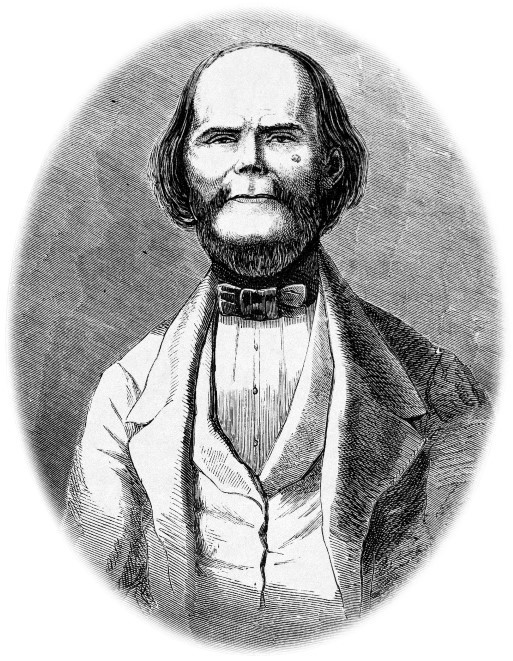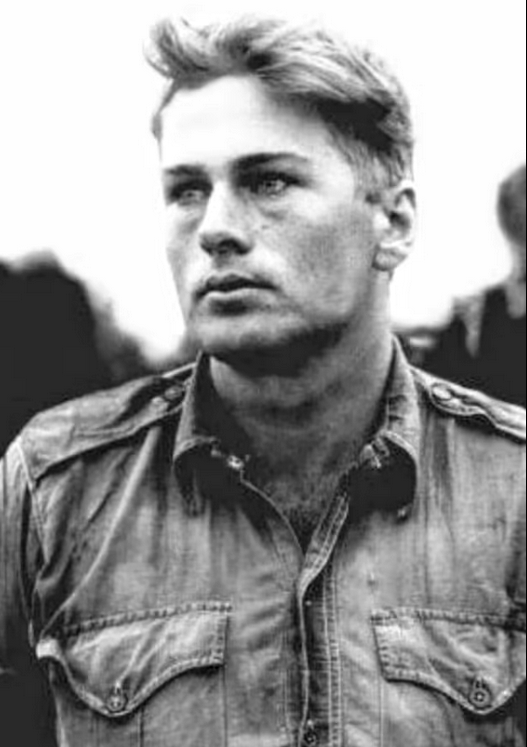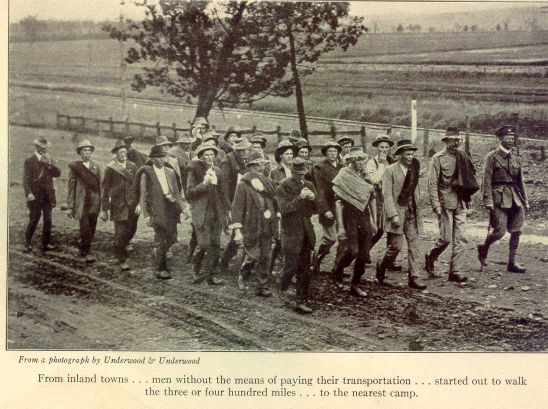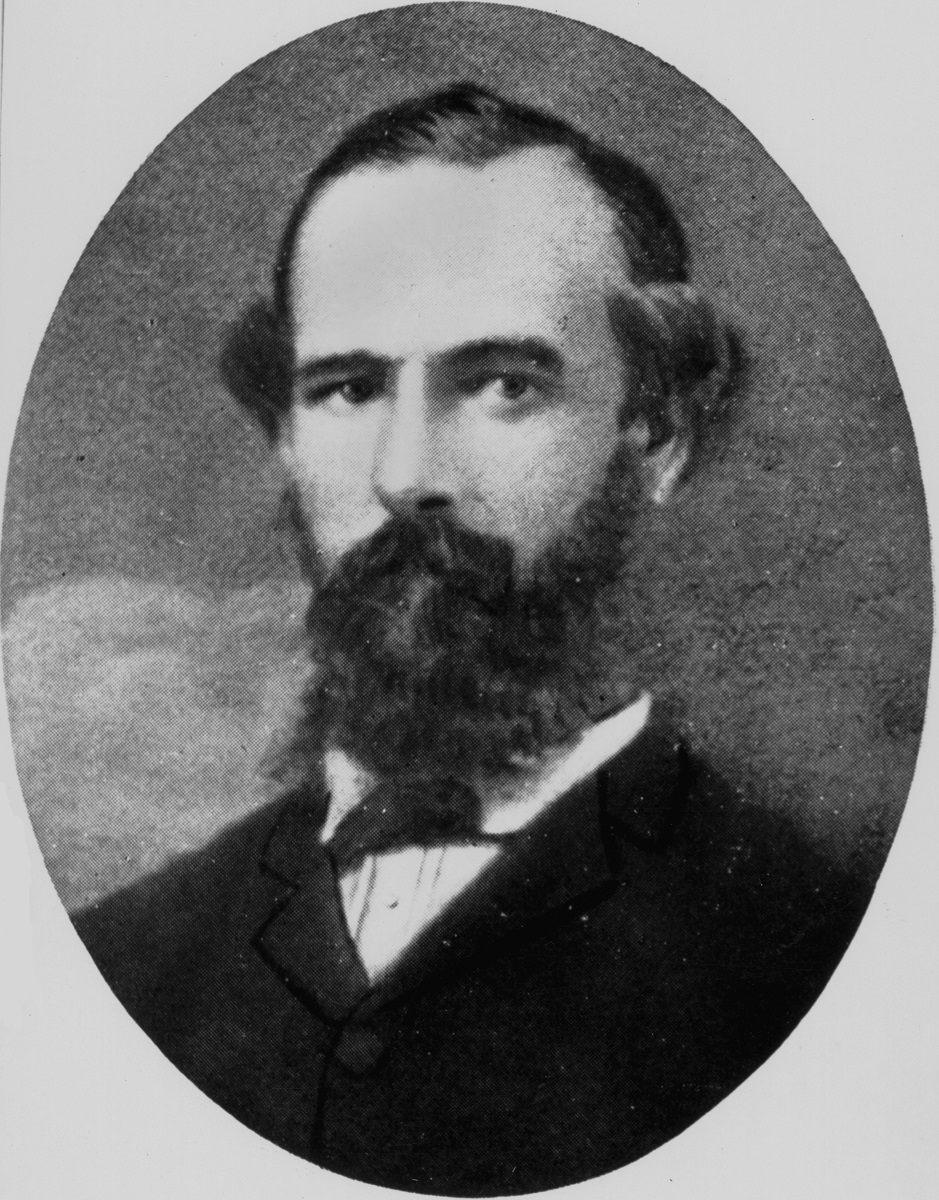William Buckley was an English bricklayer, and ex-soldier, transported to Australia in 1803 for being caught in possession of stolen goods. He was a huge man, standing six foot six in his socks. Resuming his trade at Port Phillip, he laid the first brick of the town that would eventually become Melbourne.
Escaping with five mates from a work party, one man was shot dead and another recaptured. Two others elected to return to Port Phillip after a week of starving in the bush. Only William Buckley stayed in the wilderness, eating anything he could find to sustain him. Finding a spear protruding from an Indigenous grave site, he put it to good use, much to the amazement of local Aborigines who figured he had to be the reincarnation of the man who had once owned it.
For thirty-two years Buckley lived with the Port Phillip tribes, and when he finally wandered back into the settlement, he’d forgotten how to speak English. Pardoned, but forced to live and work with the whites, he was sickened by their treatment of his Indigenous “families” and he eventually moved to Hobart. Crowds gathered to get a look at the “Wild White Man.”
Buckley married at age sixty, and died ten years later after a wagon accident.
The Australian slang term “Buckley’s Chance” came about when he first escaped into the bush as a young man, because no one expected him to survive.
It seems likely that the later addition to this saying, “Buckley’s and None,” came about after the department store, Buckley and Nunn, opened its doors in Melbourne in 1851.
©2018 Greg Barron
Browse our books here.



